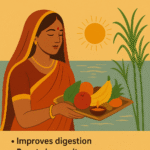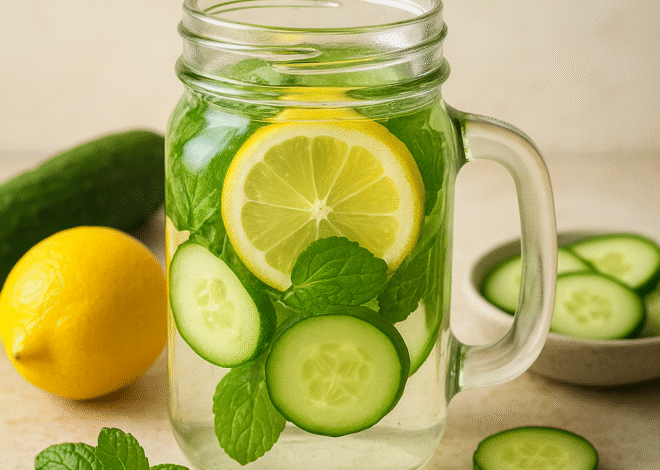
Beat Hypertension: Dietary Tips and Lifestyle Changes for Lower Blood Pressure!

Hypertension, commonly known as high blood pressure, is a serious health concern affecting millions of people worldwide. It is often referred to as a “silent killer” because it usually has no noticeable symptoms, yet it significantly increases the risk of heart disease, stroke, and other life-threatening conditions. Fortunately, there are effective dietary and lifestyle changes you can implement to help manage and lower your blood pressure. This guide will explore actionable tips to help you take control of your health.
Understanding Hypertension
Before diving into dietary tips, it’s essential to understand what hypertension is. Blood pressure is measured in millimeters of mercury (mmHg) and is expressed with two numbers: systolic pressure (the pressure in your arteries when your heart beats) over diastolic pressure Blood pressure is measured in millimeters of mercury (mmHg) and is expressed as two numbers: systolic pressure (the pressure in your arteries during cardiac contraction) and diastolic pressure (the pressure in your arteries during cardiac relaxation). Normal blood pressure is typically considered to be approximately 120/80 mmHg. Hypertension is classified as follows:
- Stage 1 Hypertension: 130-139 systolic or 80-89 diastolic
- Stage 2 Hypertension: Stage 2 hypertension is characterized by a systolic blood pressure of 140 millimeters of mercury or higher or a diastolic blood pressure of 90 millimeters of mercury or higher.
The Role of Diet in Managing Hypertension
Your diet plays a crucial role in managing blood pressure. Certain foods can help reduce blood pressure, while others can contribute to its increase. Here are some dietary strategies to help you lower your blood pressure effectively.
1. Embrace the DASH Diet
The Dietary Approaches to Stop Hypertension (DASH) diet is specifically tailored to effectively manage high blood pressure. It emphasizes the following:
- Fruits and Vegetables: Eat at least five servings of fresh fruits and vegetables daily. These foods are rich in potassium, which plays a crucial role in maintaining the body’s sodium balance.
- Whole Grains: go for whole grains like brown rice, quinoa, and whole wheat bread. These foods are high in fiber and provide essential nutrients.
- Lean Proteins: Incorporate lean sources of protein such as poultry, fish, beans, and nuts. Limit red meat and full-fat dairy products.
- Healthy Fats: Opt for healthy fats found in avocados, olive oil, and fatty fish like salmon. These fats can promote heart health.
2. Reduce Sodium Intake
High sodium consumption is a major contributor to elevated blood pressure. The American Heart Association recommends limiting sodium intake to no more than 2,300 mg per day, with an ideal limit of 1,500 mg for most adults. Here are some strategies to reduce your sodium intake:
- Read Labels: Pay close attention to food labels and select products with reduced sodium content.
- Cook at Home: Preparing meals at home allows you to control the amount of salt you use.
- Flavor with Herbs and Spices: Enhance flavor with herbs, spices, and citrus instead of salt.
3. Increase Potassium-Rich Foods
Potassium is vital for maintaining healthy blood pressure. Foods rich in potassium include:
- Bananas
- Sweet potatoes
- Spinach
- Beans
- Oranges
Incorporating these foods into your diet can help counteract the effects of sodium and support blood pressure regulation.
4. Limit Processed Foods
Processed foods are often high in sodium and unhealthy fats. Reducing your intake of these foods can significantly benefit your blood pressure. Avoid items like:
- Canned soups and vegetables (choose low-sodium versions)
- Frozen meals
- Snack foods like chips and crackers
- Fast food
5. Moderation with Alcohol
While some studies indicate that moderate alcohol consumption might offer heart benefits, excessive drinking can lead to elevated blood pressure. If you consume alcohol, do so in moderation—up to one drink per day for women and two drinks per day for men.

Lifestyle Changes to Support Healthy Blood Pressure
Dietary changes are vital, but certain lifestyle modifications can also help lower blood pressure effectively. Here are some practical steps you can take:
1. Regular Physical Activity
Engaging in regular physical activity can significantly lower blood pressure and improve overall cardiovascular health. Aim for at least 150 minutes of moderate-intensity aerobic exercise per week. Activities like walking, swimming, cycling, and dancing can help keep your heart strong.
2. Maintain a Healthy Weight
Excess weight can increase your risk of hypertension. Losing even a small amount of weight can help lower blood pressure. Focus on a balanced diet and regular exercise to achieve and maintain a healthy weight.
3. Manage Stress
Chronic stress may contribute to high blood pressure. Incorporate stress-reduction techniques into your daily routine, including:
- Meditation and Mindfulness: Spend a few minutes each day practicing mindfulness or meditation to calm your mind.
- Deep Breathing Exercises: Try deep breathing exercises to help relax your body and mind.
- Engage in Hobbies: Spend time on activities you enjoy, whether it’s gardening, reading, or spending time with loved ones.
4. Get Enough Sleep
Poor sleep quality can worsen your blood pressure. Try to have 7-9 hours of uninterrupted sleep each night. Establish a consistent sleep schedule, create a relaxing bedtime atmosphere, and minimize screen time before bed..
5. Quit Smoking
If you smoke, quitting is one of the best decisions you can make for your overall health, including your blood pressure. Seek support from healthcare professionals or support groups to help you quit successfully.
Monitoring Your Blood Pressure
Regularly monitoring your blood pressure at home can help you track your progress and pinpoint any changes. Consider investing in a reliable blood pressure monitor, and consult your healthcare provider about the best approach to manage your condition.
Conclusion
Hypertension is a manageable condition with the right dietary choices and lifestyle changes. By embracing a heart-healthy diet, increasing physical activity, managing stress, and adopting other positive habits, you can take significant steps toward reducing your blood pressure and improving your overall health. Before making significant changes to your diet or lifestyle, especially if you have existing health conditions, it’s always advisable to consult your healthcare provider. Remember, small, consistent changes can lead to a healthier future!










